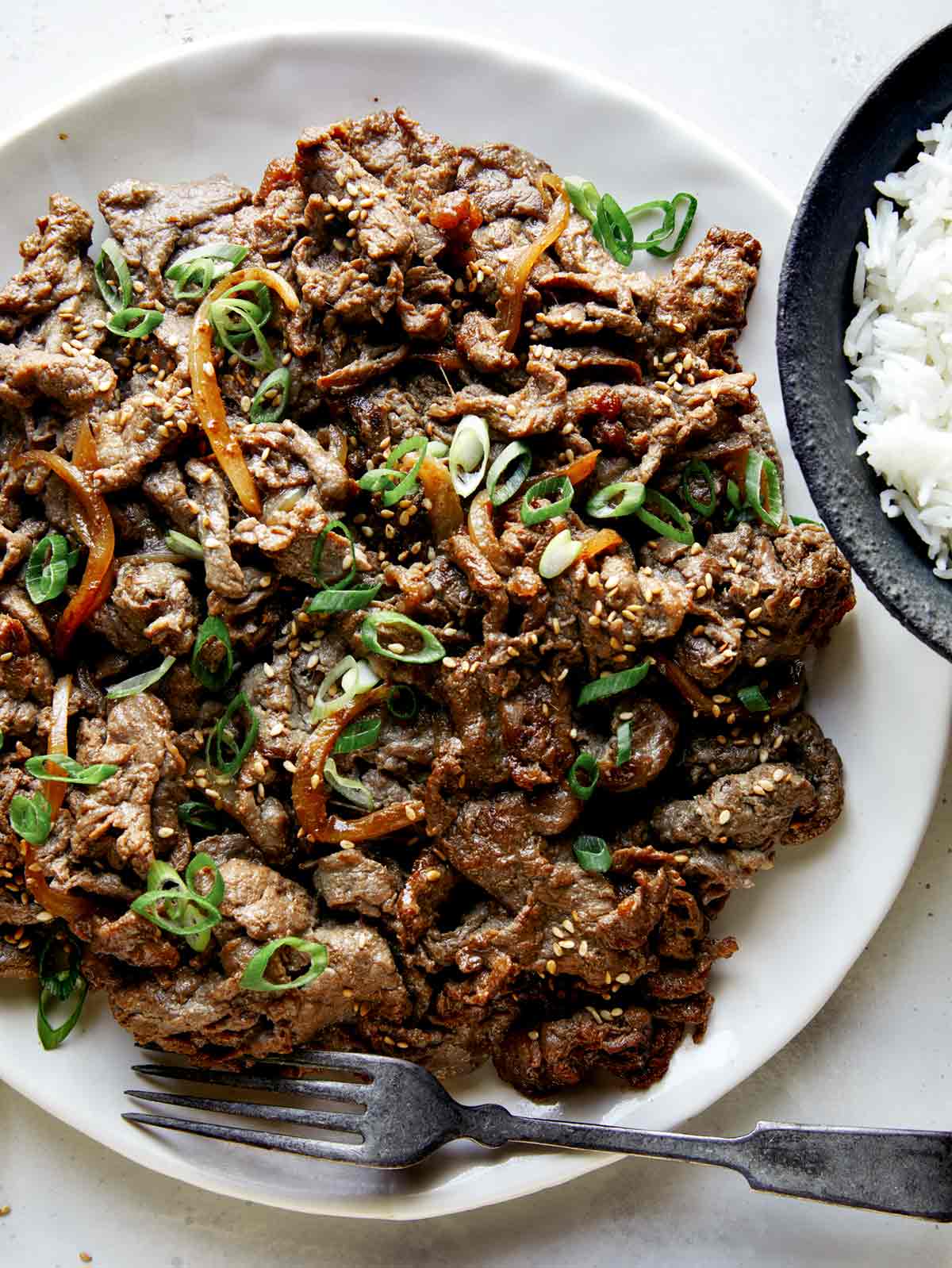From Farm to Table: Fresh and Premium Meat Choices
The trip of meat from farm to table envelops a complicated interplay of top quality, ethics, and sustainability. This change not only boosts the nutritional account of meat however additionally supports local economic climates.
Understanding Meat Sourcing
As customers end up being significantly familiar with the beginnings of their food, understanding meat sourcing has actually acquired extremely important value. Meat sourcing involves tracing the trip of meat from farm to table, including various elements such as farming techniques, animal welfare, and ecological impact. This awareness encourages customers to make educated choices that line up with their worths, specifically relating to sustainability and honest considerations.
The sourcing of meat can vary dramatically based on several criteria, consisting of the kind of livestock, farming approaches, and geographical place. Grass-fed beef often comes from pasture-based systems that promote animal welfare and minimize ecological destruction. Alternatively, conventional meat may include intensive farming methods that increase worries regarding antibiotic usage and habitat destruction.
Moreover, traceability plays a vital duty in meat sourcing. Recognizing the details farm or area where the meat stems aids customers ensure quality and safety. Many consumers now look for certifications or labels that show gentle therapy and lasting techniques, mirroring an expanding need for openness in the food supply chain. Eventually, understanding meat sourcing not only enhances consumer choice yet additionally fosters responsible consumption and supports moral farming techniques.
Advantages of Fresh Meat
Picking fresh meat provides numerous benefits that prolong past flavor and texture. Fresh meat typically preserves higher nutritional worth contrasted to its frozen or refined counterparts. It is usually richer in necessary minerals and vitamins, such as B vitamins, iron, and zinc, which are essential for keeping general wellness.
Moreover, the sourcing of fresh meat usually includes shorter supply chains, minimizing the time between farm and table. This suggests that the meat is less most likely to lose its dietary integrity during transport and storage. Furthermore, customers can experience improved preference and juiciness, which can elevate culinary experiences.
Fresh meat additionally provides a chance for customers to support regional farmers and advertise sustainable farming techniques. When buying from neighborhood sources, people can add to their local economic situation and cultivate a greater link to the food they eat.
Last but not least, fresh meat is usually devoid of the preservatives and ingredients generally located in refined choices. This makes it a cleaner, much healthier choice for those seeking to lessen their intake of synthetic ingredients. Overall, the benefits of choosing fresh meat encompass health, taste, and a feeling of area involvement.
Pet Well-being Standards
Ensuring high pet well-being requirements is vital for both honest considerations and the top quality of meat items. The therapy of livestock directly affects not only the moral ramifications of meat production however also the total top quality and security of the end items. Pets raised in humane conditions are less stressed out, bring about much healthier animals and, consequently, remarkable meat high quality.
Regulations and accreditations worrying pet well-being have become significantly substantial in the meat market. These frameworks ensure animals are provided with adequate area, appropriate nourishment, and humane handling throughout their lives. Practices such as pasture-raised systems and free-range atmospheres add to much better pet well-being by enabling pets to show all-natural habits, which is crucial for their health.
In addition, customers are ending up being much more critical pertaining to the resources of their meat, causing an expanding demand for products that comply with rigid animal well-being requirements. This change not only promotes moral farming methods but additionally go to website urges manufacturers to adopt actions that enhance the health and wellness and well-being of their animals. Meat. Inevitably, focusing on pet welfare is not just a moral imperative; it is also a pathway to creating premium-quality meat that fulfills customer assumptions

Lasting Farming Practices
Lasting farming techniques play an important function in boosting both animal welfare and the high quality of meat items. By implementing rotational grazing, farmers can promote healthy field ecosystems, allowing animals to feed on nutrient-rich lawns while protecting against overgrazing.
Additionally, sustainable farming commonly includes incorporated pest administration and organic feed choices, lessening the usage of hazardous chemicals. This method not just safeguards animal wellness yet additionally causes cleaner, more secure meat items for consumers. Water conservation techniques, such as rainwater harvesting and efficient irrigation systems, further contribute to sustainable practices, guaranteeing that resources are used sensibly.
Furthermore, fostering biodiversity via polyculture systems and maintaining environments for wild animals improves the durability of farming communities. By prioritizing these sustainable approaches, farmers can generate high-quality meat that fulfills customer need while promoting ecological equilibrium. Inevitably, accepting sustainable farming practices is go to website vital for producing a much more responsible and durable food system that profits animals, farmers, and consumers alike.
Choosing Top Quality Over Amount
Often, consumers are confronted with the predicament of choosing between amount and high quality when it concerns meat items. While acquiring larger amounts might seem financially helpful, the long-term advantages of selecting top quality meat much exceed the immediate financial savings. Quality meat is commonly sourced from animals elevated in sustainable settings, where they are provided proper nourishment and care, causing exceptional taste and nutritional worth.
Premium meats are typically without damaging ingredients, hormones, and anti-biotics that are typically existing in mass-produced choices (Meat). This not just ensures a much healthier dining experience however additionally supports moral farming practices that prioritize pet welfare. Furthermore, costs meats tend to have a much better texture and flavor, boosting the overall culinary experience
Spending in quality meat motivates customers to value smaller parts, enabling a more mindful strategy to eating. This shift not only affects individual health positively however additionally promotes sustainable usage patterns that can profit the environment. To conclude, focusing on top quality over amount when selecting meat items cultivates a more accountable and health-conscious way of life, inevitably improving both the eating experience and the planet.
Conclusion
